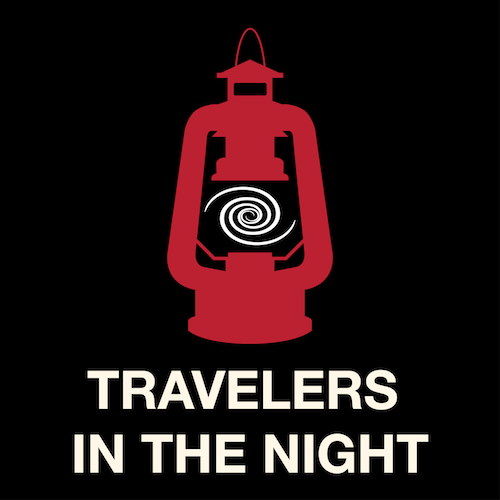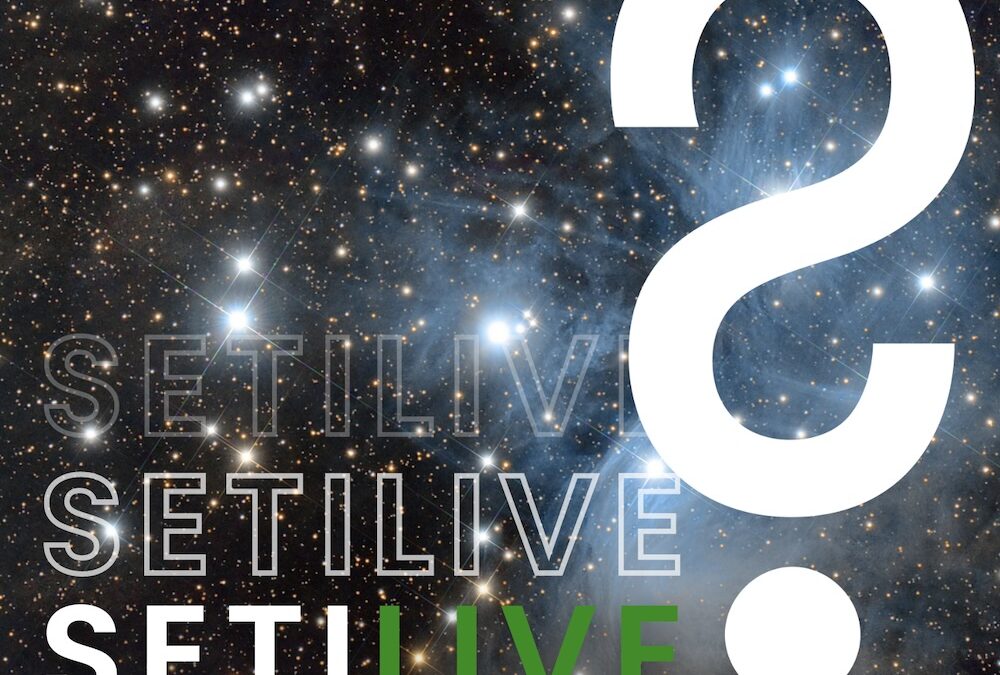Asteroid hunters watch the skies, tracking space rocks that could pose a threat to Earth. At the same time, scientists search the cosmos for alien oceans, hoping to find signs of life beyond our world.


Asteroid hunters watch the skies, tracking space rocks that could pose a threat to Earth. At the same time, scientists search the cosmos for alien oceans, hoping to find signs of life beyond our world.

Today’s Travelers in the Night talk about JWST spotted a geyser of water vapor in Enceladus and the discovery of asteroid 2023 KM5

Join us today for a discussion with Dr. Franck Marchis and Beth Johnson as they delve into the thrilling search for life on Saturn’s icy moon, Enceladus.

Today story is about the discovery of 2016 DP that formed after two large asteroid collided in asteroid belt. And also Enceladus Ocean. More at #365DayOfAstro

Asteroids are part of our environment and this space rocks constantly have close approaches with Earth & there is increasing evidence that other bodies in our solar system have oceans of salty liquid water in contact with warm rock layers. Could such biodiversity be happening elsewhere?

Today’s Travelers in the Night discuss about liquid water in Enceladus and A potentially hazardous asteroid 2015 TB145 close approach to Moon and then to the Earth.

New research looking to explain the “missing” portion of baryonic matter in the universe managed to locate the material lurking in intergalactic space as hot, low density gas

The northern hemisphere of Enceladus has fresh ice! Plus scientists directly measured the distance to a magnetar, and comet 67P/Churyumov-Gerasimenko has an aurora.

Plumes on Enceladus! Discussion with Dr. Christopher Glein. And of course we have more news roundup as well. Check it out at #365DaysOfAstro

Enceladus has stretch marks! What are the different features of the moon?
What would we see if we lived in a void?